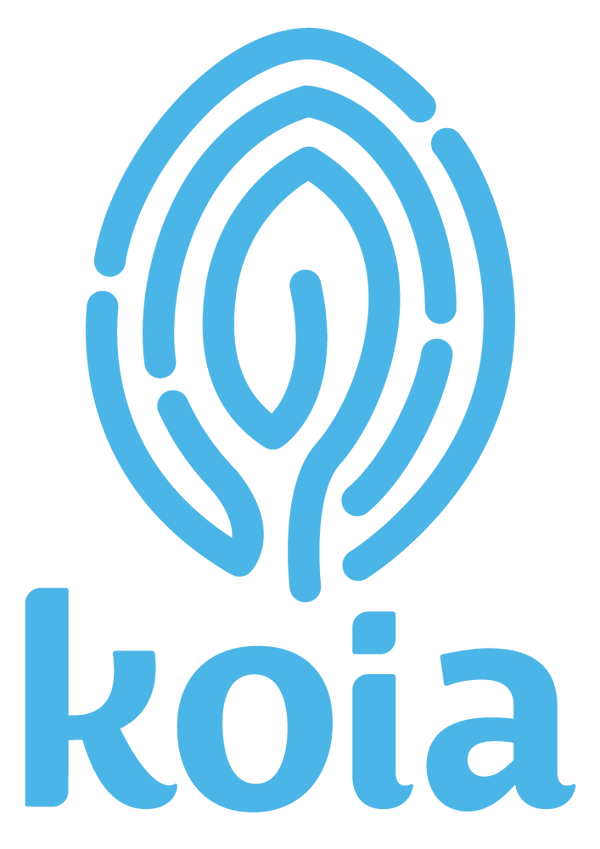Understanding GLP-1 Drugs and Their Impact on Weight Loss
Weight loss injectables, such as Ozempic and other GLP-1 receptor agonists, have become a powerful tool in helping individuals achieve their weight loss goals. These GLP-1 drugs work by suppressing appetite, slowing gastric emptying, and improving blood sugar control, making it easier for GLP-1 users to consume fewer calories and maintain a calorie deficit. While the benefits of GLP-1 medications are significant, there are key dietary factors that must be considered to preserve lean muscle mass and support overall health during this process.One of the most important aspects of maintaining proper nutrition while using GLP-1 agonists is ensuring adequate protein intake to prevent muscle loss and promote muscle maintenance.
The Crucial Role of Protein in Weight Management
When GLP-1 levels increase due to the use of GLP-1 drugs, many individuals experience rapid weight loss, which can lead to a reduction in lean body mass if enough protein is not consumed. Protein plays a crucial role in muscle preservation, as it supports muscle protein synthesis and prevents the breakdown of muscle tissue during fat loss.
A general guideline for protein intake during weight loss is to consume 0.8 to 1.2 grams of protein per kilogram of body weight, depending on an individual’s activity level and nutritional needs. Those who engage in strength training or regular physical activity may require more protein to maintain lean muscle mass and energy levels while in a calorie deficit.
Best Way to Meet Your Protein Goals
Meeting your protein needs can be challenging, especially for GLP-1 users who experience reduced appetite and lower food intake. Incorporating high-quality protein sources and high-protein foods is essential for sustaining muscle maintenance and achieving optimal metabolic health. Some of the best ways to get enough protein include:
- Protein shakes and bars
- Lean meat (chicken, turkey, and fish)
- Low-fat dairy (Greek yogurt, cottage cheese)
- High-protein snacks like hard-boiled eggs
- Protein-rich foods such as legumes, nuts, and seeds
- Plant-based protein sources such as tofu, tempeh, and lentils
Protein supplements and powders can be an easy way to boost intake for those struggling to meet their protein goals through whole foods.
Koia Elite: A Trusted Protein Shake for GLP-1 Users
For GLP-1 users looking for a convenient source of high-protein foods, Koia Elite is an excellent option. With 32 grams of protein per bottle, it’s a great choice for supporting muscle maintenance and muscle protein synthesis. Made with high-quality pea protein, it's an ideal fit for those following a plant-based diet or seeking protein-packed snacks that align with their nutrition goals.
Thanks to its low sugar content—only 4 grams of added sugar per bottle—Koia Elite helps minimize empty calories, making it a smart option for weight loss. Plus, with 6 grams of fiber, it promotes fullness and digestive regularity, supporting your overall health and wellness.

Why I Love Koia Elite
As a registered dietitian working with clients on GLP-1 drugs, one of the biggest concerns I see is maintaining muscle mass while on these medications. Ensuring adequate protein intake is essential, and finding high-quality protein sources can make a big difference. I’ve long recommended Koia’s protein shakes as a trusted, plant-based option, but I’m especially excited about their Elite Line—each shake packs 32 grams of protein, making it an excellent choice for supporting muscle maintenance and helping GLP-1 users meet their daily protein needs. Not to mention, their shakes are low in added sugar, allowing them to support weight loss goals while still tasting delicious.
The Importance of Balanced Eating Habits
Although GLP-1 drugs are effective for appetite suppression, it’s still essential to prioritize frequent meals that include protein-rich foods. This helps maintain insulin sensitivity, optimize insulin release, and support overall metabolic health. A balanced diet that incorporates a variety of nutrients, including essential amino acids, will be key to long-term weight management success.
Here are some high-protein meal ideas to consider:
- A Greek yogurt bowl with nuts and berries
- Scrambled eggs with whole grain toast and avocado
- Ground turkey stuffed peppers
To complement your meals, try these high-protein snack options:
- A Koia Elite shake
- Banana and nut butter
- Handful of almonds or mixed nuts
- Sliced cucumber and hummus
These snacks will help maintain energy levels and support your protein intake throughout the day.
Consulting a Healthcare Provider
Before making significant changes to your calorie intake, eating habits, or incorporating protein supplements, it is important to consult with a healthcare provider. They can assess your nutritional needs, ensure you are getting enough protein, and provide guidance on the effectiveness of GLP-1 medications in your specific case.
Final Thoughts
Using weight loss drugs, like GLP-1 receptor agonists, can be a powerful tool in a weight loss journey, but adequate protein intake is essential for muscle preservation, blood sugar levels, and overall health. By consuming high-protein foods, protein-rich snacks, and protein rich snacks like Koia, individuals can maintain lean body mass while experiencing the benefits of GLP-1 medications. Prioritizing a nutritious diet, healthy fats, and regular physical activity will lead to better weight loss results and improved metabolic health over the long term.


